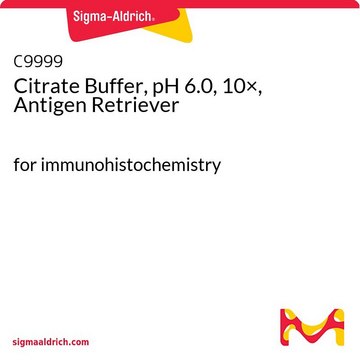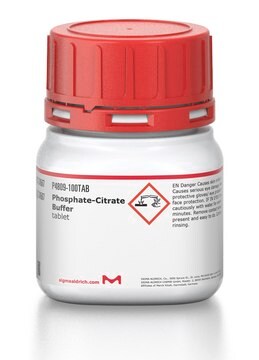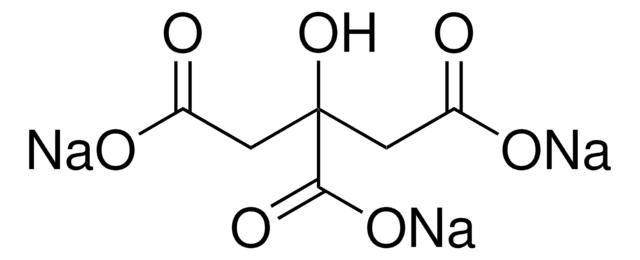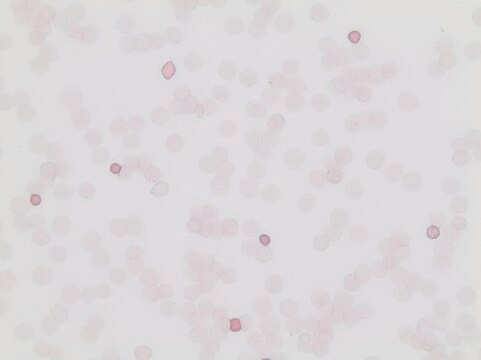Key Documents
C2488
Citrate Buffer Solution, 0.09 M
Synonim(y):
Citric Acid Buffer Solution
About This Item
Polecane produkty
opis
Contains 1% chloroform
pH 4.8 at 25 °C.
Poziom jakości
Postać
solution
stężenie
0.09 M
pH
4.8 (25 °C)
Zastosowanie
diagnostic assay manufacturing
temp. przechowywania
2-8°C
Powiązane kategorie
Opis ogólny
Zastosowanie
Inne uwagi
Hasło ostrzegawcze
Warning
Zwroty wskazujące rodzaj zagrożenia
Zwroty wskazujące środki ostrożności
Klasyfikacja zagrożeń
Carc. 2 - STOT RE 2 Oral
Organy docelowe
Liver,Kidney
Kod klasy składowania
12 - Non Combustible Liquids
Klasa zagrożenia wodnego (WGK)
WGK 2
Temperatura zapłonu (°F)
Not applicable
Temperatura zapłonu (°C)
Not applicable
Środki ochrony indywidualnej
Eyeshields, Faceshields, Gloves, type ABEK (EN14387) respirator filter
Certyfikaty analizy (CoA)
Poszukaj Certyfikaty analizy (CoA), wpisując numer partii/serii produktów. Numery serii i partii można znaleźć na etykiecie produktu po słowach „seria” lub „partia”.
Masz już ten produkt?
Dokumenty związane z niedawno zakupionymi produktami zostały zamieszczone w Bibliotece dokumentów.
Klienci oglądali również te produkty
Nasz zespół naukowców ma doświadczenie we wszystkich obszarach badań, w tym w naukach przyrodniczych, materiałoznawstwie, syntezie chemicznej, chromatografii, analityce i wielu innych dziedzinach.
Skontaktuj się z zespołem ds. pomocy technicznej










